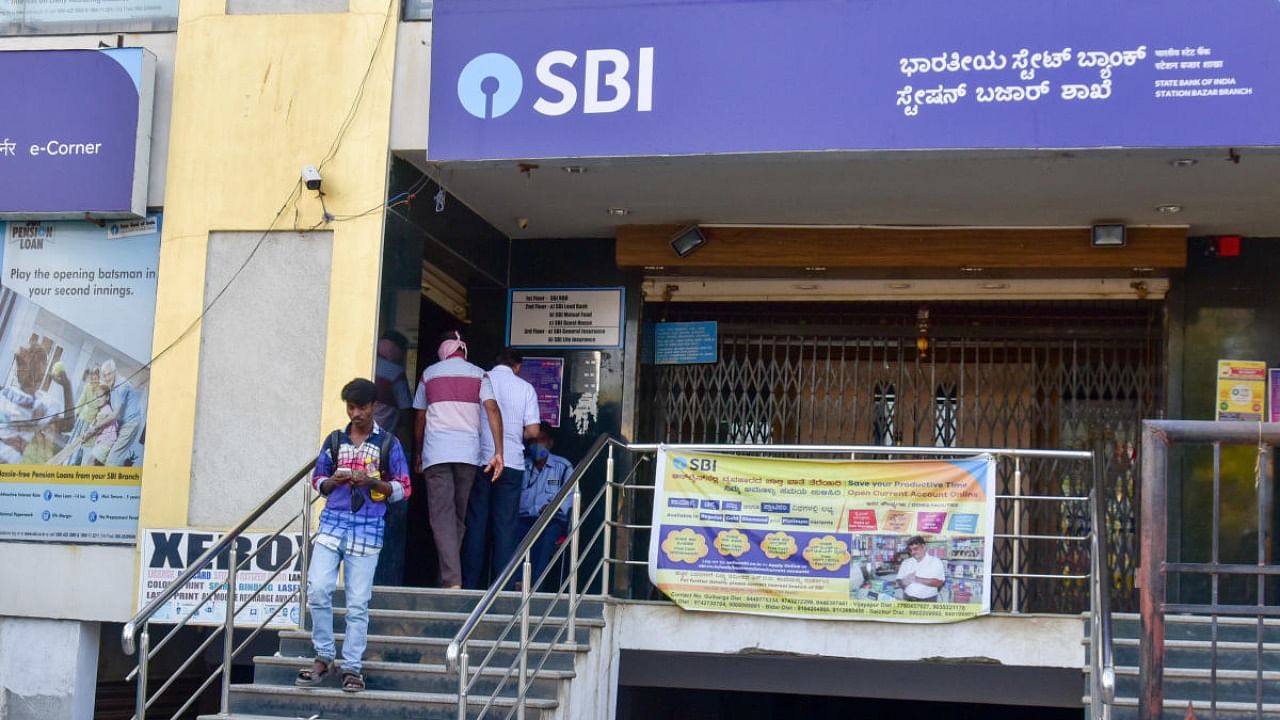
Despite widespread discontent in rural banking in Karnataka, banks have failed to do their due diligence in translating forms, challans, terms and conditions, and documents in Kannada. Villagers say this is a major deterrent in seeking out recognised banks.
“A transaction that would take one hour is doubled when villagers go to banks when the forms were in Kannada. They have to ask for someone’s help to translate their queries, fill forms and interact with the frontline staff,” explains Ravi Kiran, a farmer from Mandya.
Revappa Uppin, who travels 11 km to reach a bank from Ainahalli village, Chincholi taluk of Kalaburagi district, explains that the staff talk mostly in Hindi. “For those of us in this region, we mostly know only Kannada. Whenever I go to the bank, I have to search for someone who can help me,” he says.
Intimidated, and unable to communicate their problems, people in rural areas come to depend on informal financial institutions, cooperative banks and money lenders.
This is also a contributory factor to the low bank credit to GDP ratio — at 40.5%, the state’s ratio is lesser than the all-India average of 56.7%. Karnataka has a lower bank credit-to-GDP ratio than its neighbours Telangana and Tamil Nadu.
A former nationalised bank manager, who was stationed in rural Ballari, explains, “A lack of knowledge in regional languages prevents banks from being able to serve a population properly, understanding major areas of business and industry,” he says.
The absence of an easy channel of communication impacts employees’ readiness to venture out and understand crucial information like crop cycles and preferences, use of fertiliser and pesticides — all of which influence agricultural credit, he explains.
“This is a reason behind many loss-making branches in rural Karnataka,” he says.
No impact
After coming under pressure from language activist groups, two years ago, the state government had directed regional heads of major banks to make sure that employees were able to converse in Kannada and ensure that forms and challans were available in the language.
Even after repeated emphasis, campaigns and education programmes, banks have yet to be successful in ensuring seamless communication in their branches. A former employee of another nationalised bank who speaks Kannada, explains, “This is not just a reality that is present in rural Karnataka, but also one that is prevalent in urban areas.”
In fact, in a November 2022 meeting of the State Level Bankers Committee, the Reserve Bank of India brought up a communication gap between the branch manager of a Chamarajanagar bank and residents, referring to an email sent by the bank.
“All these campaigns and educational programmes have yielded zero progress. I have written to the finance minister several times to urge her to fix the issue and to ensure that banking exams are also conducted in Kannada to no avail,” says T S Nagabharana, the most recent chairman of the Kannada Development Authority.
It is not for the lack of emphasis by consecutive state governments, explains former chief secretary T M Vijay Bhaskar. During his tenure, Vijay Bhaskar had pushed for the use of Kannada in banks.
“There have been multiple directions and guidelines issued at the state level that mandate the implementation of a trilingual policy. After repeated instructions, this (inaction) points to a lack of interest in certain banks,” he says.